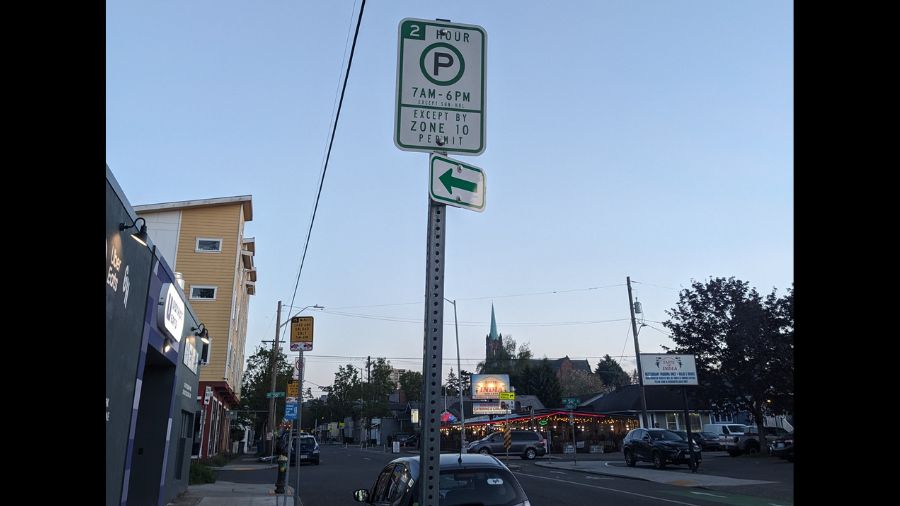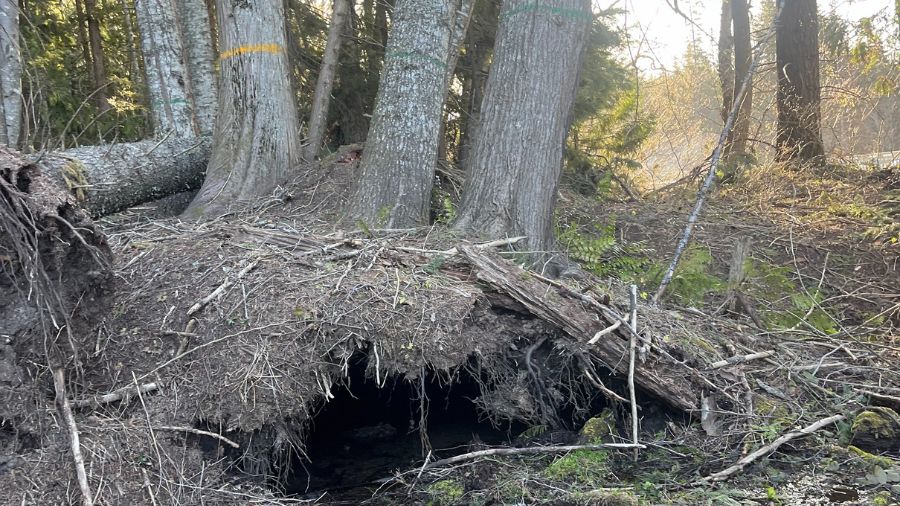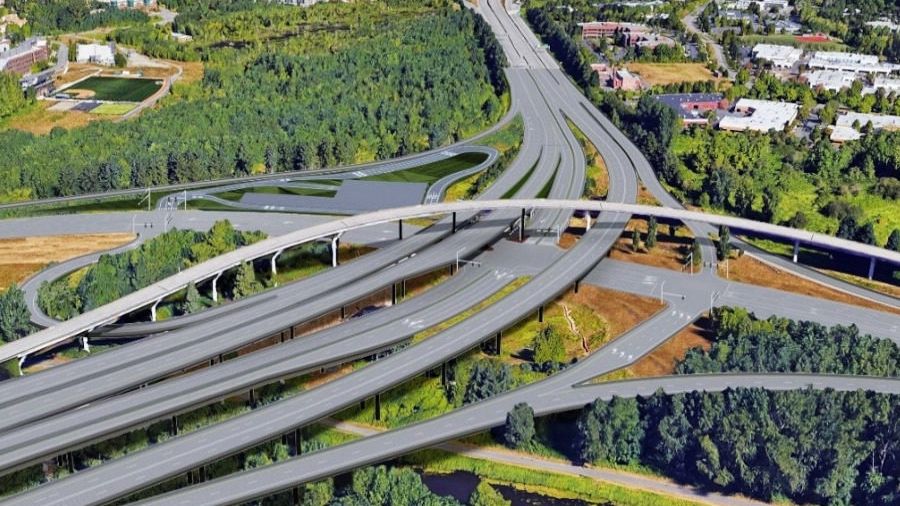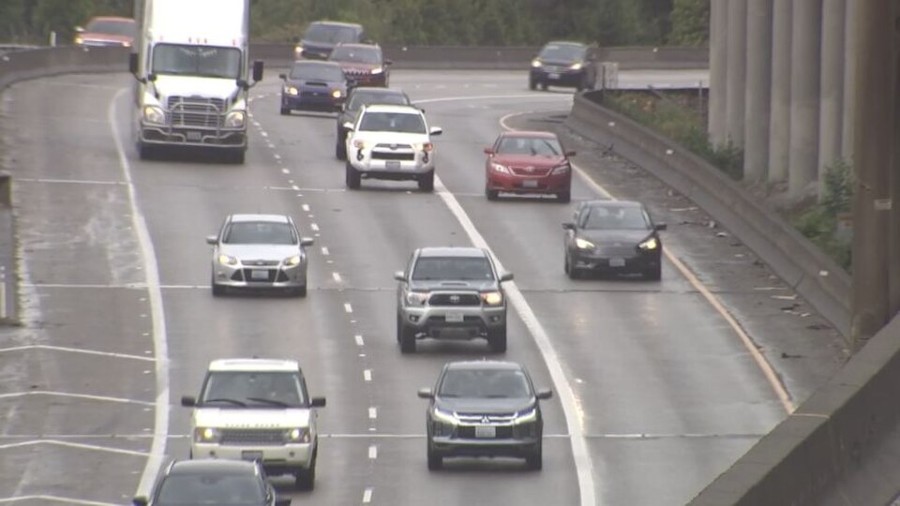The program WSDOT hopes will speed up I-405
Nov 15, 2016, 5:39 AM | Updated: 9:12 am

The express toll lanes on I-405 have aimed to speed things up for drivers, but WSDOT hopes that a new shoulder driving program will improve drive times even more. (WSDOT)
(WSDOT)
The state has promised hard-shoulder driving on a stretch of I-405 to ease the daily congestion created by the express toll lanes. It is now one step closer to implementing that.
The Washington State Department of Transportation awarded the contract for the project. Graham Contracting of Bellevue will be doing the work, and the initial phases could begin before the end of the year.
When will WSDOT take care of the Highway 18 chokepoint?
This project will allow drivers to use the right shoulder in the northbound direction as a general purpose lane during very specific times — primarily between 3-7 p.m. on weekdays.
The shoulder driving will begin north of the SR 527 on-ramp in Canyon Park and extend nearly two miles up to I-5 in Lynnwood.
Why shoulder driving?
Project manager Kim Henry argues that the shoulder driving will make a big difference for commuters.
“We really think that’s going to help this whole traffic area, and help traffic move through a lot better,” Henry said. “And once that does, it will take pressure off of this whole northbound direction and improve travel times for everybody.”
A lot of people have asked why the shoulder driving couldn’t be extended farther south, closer to where the daily chokepoint starts at Highway 522. That’s where we go from five lanes to three lanes. But you can’t do it, based on the current design of the freeway. There are several on and off-ramps between Highways 522 and 527 that make shoulder driving there impossible.
So how will this shoulder driving work? There will be a sign above the shoulder that will tell you when you can, or can’t use it.
What if there’s an accident or a stall, and the shoulder needs to be used for that?
“If for some reason that shoulder is needed for refuge, they will immediately close the shoulder,” Henry said. “And it will remain closed until whatever is on the shoulder is removed and people can safely use the shoulder again.”
Vehicles over 10,000 gross weight will not be allowed to use the shoulder. That limitation doesn’t include buses, however.
The shoulder driving program should be up and running before next summer. This will be the first improvement project on I-405 funded by toll revenue collected from the express toll lanes.
Tolls generated $17.5 million during the first year of operations. When you add in Good-to-Go pass purchases and other fees, such as those for not paying tolls, the gross revenue was over $21 million. Operating costs were $8 million. This means the toll lanes made nearly $14 million in the first year. That money has to go right back into improving I-405.
Send Chris a traffic tip at @KIROTraffic on Twitter or email him.














